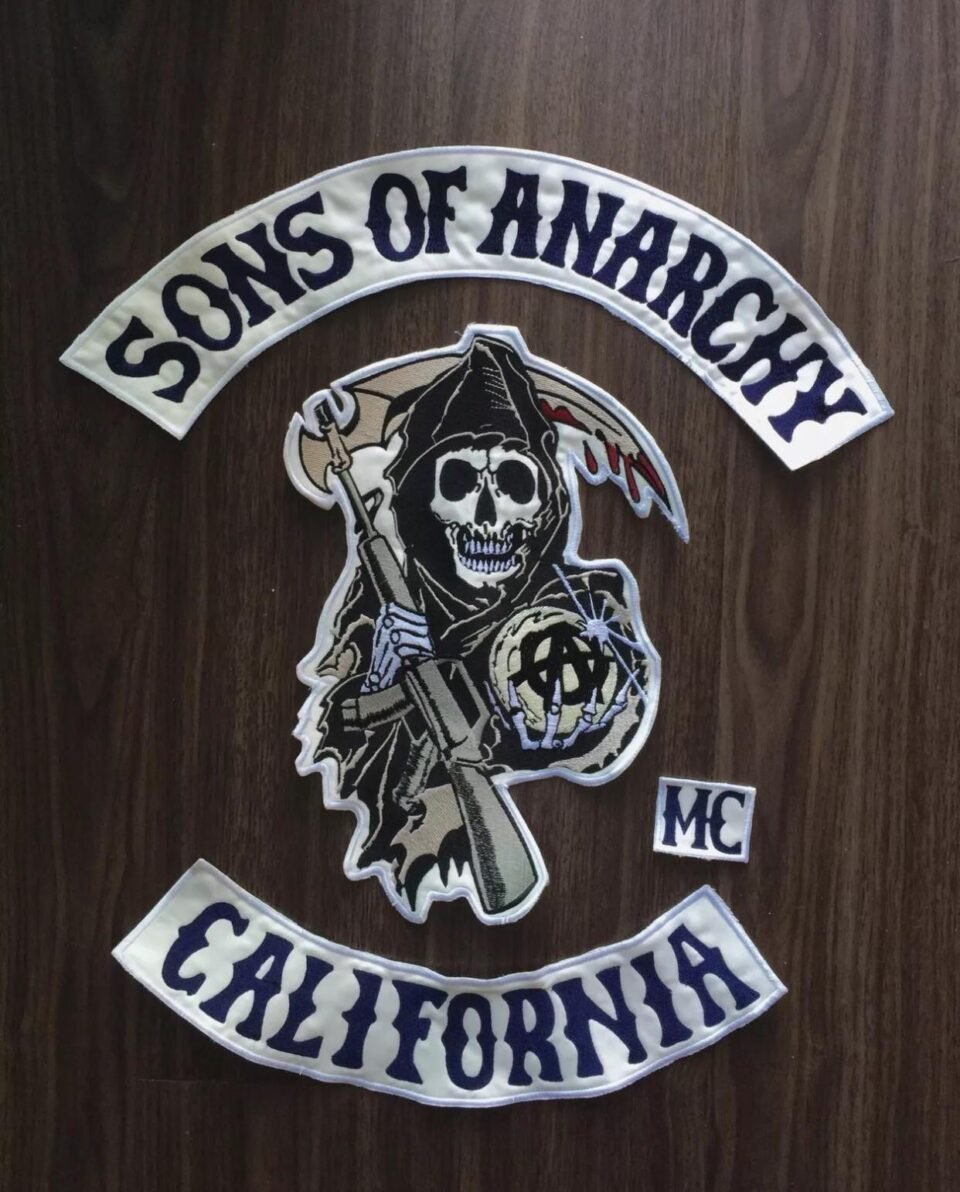Introduction
BADGE PATCHES have been a staple in uniforms, casual wear, and accessories for decades. Whether used for identification, branding, or decoration, these patches are versatile and stylish. From embroidered badge patches to PVC patches, the variety available today allows individuals and businesses to showcase their identity in a unique way.
Types of Badge Patches
Understanding the different types of badge patches can help in choosing the right one for your needs. Some of the most popular types include:
- Embroidered Patches – These are traditional patches stitched with thread, offering a textured and high-quality look.
- Woven Patches – Unlike embroidered patches, woven patches use thinner threads, allowing for more intricate designs and finer details.
- PVC Patches – Made from soft rubber, PVC patches are waterproof and durable, perfect for outdoor use.
- Leather Patches – Often seen on high-end apparel, leather badge patches provide a premium and classic look.
- Printed Patches – These patches are digitally printed, allowing for unlimited color options and complex designs.
- Chenille Patches – Featuring a fuzzy and plush texture, these patches are commonly used on varsity jackets and sports team apparel.
Uses of Badge Patches
Badge patches are not just for decoration; they serve multiple purposes across different industries. Some of the most common uses include:
- Uniform Identification – Police officers, firefighters, military personnel, and security teams use badge patches to display rank and department information.
- Brand Promotion – Many companies create custom badge patches to reinforce their brand identity and market their business.
- Fashion and Accessories – Clothing brands, backpacks, and hats often feature stylish badge patches for aesthetic appeal.
- Sports and Clubs – Sports teams, motorcycle clubs, and hobbyist groups use patches to signify membership and team spirit.
- Memorabilia and Collectibles – Commemorative patches serve as souvenirs for special events, concerts, and conventions.
- DIY Crafting – Crafters and DIY enthusiasts incorporate patches into personal projects, adding unique touches to garments and accessories.
How to Customize Badge Patches
Creating custom badge patches allows individuals and businesses to personalize their designs according to their needs. Here’s how you can design your custom patches:
- Choose the Material – Depending on durability and aesthetics, select from embroidered, woven, PVC, leather, or printed patches.
- Select the Shape and Size – Custom badge patches can be cut into various shapes, from standard rectangles to intricate designs.
- Pick the Colors – Utilize vibrant colors or keep it simple with monochrome designs, depending on the branding or theme.
- Decide on the Backing Type – Badge patches can be attached in different ways:
- Iron-On Backing – Ideal for easy application on fabric.
- Velcro Backing – Perfect for interchangeable patches on uniforms.
- Sew-On Backing – Offers a secure and permanent attachment.
- Adhesive Backing – Allows for temporary use on non-fabric surfaces.
- Add Custom Text and Logo – Personalize the patch with names, logos, and slogans to enhance branding and uniqueness.
- Choose the Border Type – Options include merrowed borders for a classic look or laser-cut borders for intricate designs.
- Finalize the Design – Review the design before production to ensure accuracy and quality.
How to Attach and Maintain Badge Patches
Depending on the type of badge patch, different attachment methods can be used:
- Iron-On Method:
- Place the patch on the fabric.
- Cover it with a cloth to protect the patch.
- Use an iron on medium heat for 30–40 seconds.
- Allow it to cool before checking the adhesion.
- Sew-On Method:
- Position the patch on the fabric.
- Secure it with pins.
- Sew around the edges using a strong thread.
- Ensure tight stitches for durability.
- Velcro Method:
- Attach one side of the Velcro to the patch.
- Sew or stick the other side onto the garment.
- Easily remove and reattach as needed.
For long-lasting badge patches, follow these care tips:
- Wash garments with patches in cold water to prevent fading.
- Avoid direct ironing on embroidered patches.
- Store unused patches in a dry place to prevent moisture damage.
Where to Buy Custom Badge Patches
Several online stores and local shops specialize in custom badge patches. Some of the best sources include:
- Online Custom Patch Makers – Websites like Patch Maker, The/Studio, and Custom Patches Online offer high-quality, customizable patches.
- Local Embroidery Shops – Many embroidery shops offer custom patch services with quick turnaround times.
- Retail Stores – Some department and craft stores sell pre-made badge patches for DIY applications.
- Wholesale Suppliers – For bulk orders, wholesale patch suppliers provide cost-effective solutions.
Conclusion
Badge patches are a timeless and versatile accessory that serves a wide range of purposes. Whether for professional uniforms, branding, fashion, or personal expression, these patches add character and identity to any garment. By understanding the different types, uses, and customization options, you can create the perfect badge patches to suit your needs.


